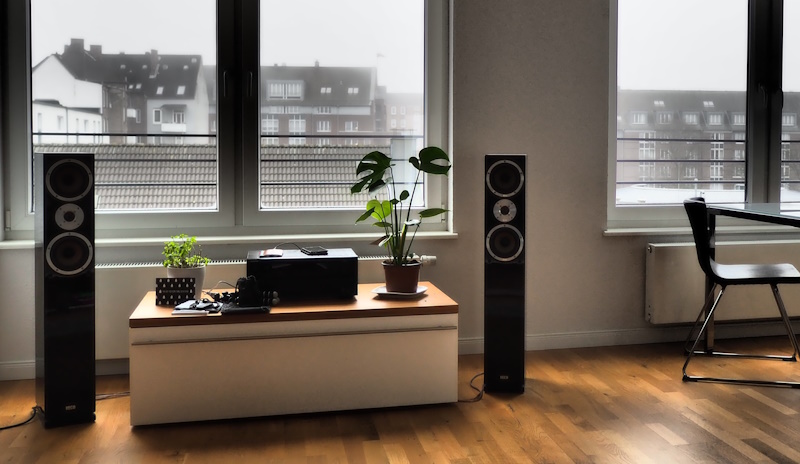Google’s immersive audio is set to take on Dolby Atmos
Image credit: Roxanne Joncas
Google and Samsung have teamed up to take immersive audio to the next level, the first big challenge to Dolby Atmos’s dominance.
Last year, Samsung announced their partnership with Google to produce IAMF. The new technology is an advanced 3D spatial audio technology that promises to expand and improve upon the template set by Dolby Atmos.
IAMF (Immersive Audio Model and Formats) promises to bring the power of immersive audio into the home. Samsung say that the current technology (see Dolby Atmos) is “typically only supported at specific venues such as movie theaters or recording studios”. Samsung and Google aim to enhance at-home technology with spatial audio experiences.
Samsung Research’s WooHyun Nam said: “If the 3D audio data can be read by device manufacturers, they can adjust the sound in audio devices – allowing for immersive audio experiences with standard TV speakers or sounds bars at home.”
At this year’s CES technology show, Google showed off the technology. The technology’s aim is to bypass the need for complex or expensive setups. Using traditional audio setups they hope not just to recreate the effect of technology like Dolby Atmos but to enhance upon it.
One method they’re employing is to create vertical audio, not just horizontal. They’re also looking at the potential for AI and deep learning to automatically adjust audio levels between scenes.
Google’s product lead for immersive audio, Jani Huoponen said: “Whether mixing for film, game or music, we envision IAMF opening up new ways for sound engineers to create immersive experiences all the way to the end users.”
IAMF is being launched as a royalty-free license through the Alliance for Open Media. The creation of the technology seems to come from a place of passion for Samsung and Google, looking to innovate in the audio scene and simply provide better experiences.
WooHyun Nam added: “3D audio makes you feel as if you’re really in the heart of the action by adjusting the strength, movement and vibrance of the sound. In this way, viewers are able to enjoy a more full-bodied sound that captures the 3D aspects of the world around us.”
Samsung released 3 characteristics that they want to define their technology:
- Ability to express sound vertically: Previous open-source audio codecs only supported horizontal sound expression. With IAMF technology, audio can now be expressed vertically so that sound is increasingly multi-directional.
- AI-based scene analysis and 3d audio effects: IAMF utilizes AI and deep-learning technology to analyze scenes and emphasize certain aspects of the content — adjusting audio levels for more enhanced sound throughout the viewing experience.
- Highly customized audio: Users will be able to freely adjust sound according to their preferences with IAMF technology. Whether viewers are looking to amplify sound effects from an action scene or enhance dialogue, IAMF gives them the flexibility to customize content audio for a more personalized experience.
Executive Vice President and Head of Visual Technology Team at Samsung Research, JeongHoon Park said: “My hope is that Samsung’s sound technology will enable consumers to enjoy an upgraded audio experience that is on par with that of current visual experiences.
“I hope that content creators will utilize Samsung’s audio technology to make 3D audio content accessible. Additionally, we aim to create a supportive environment that enables researchers to take on bold and exciting challenges such as expanding Samsung’s audio technology.”
